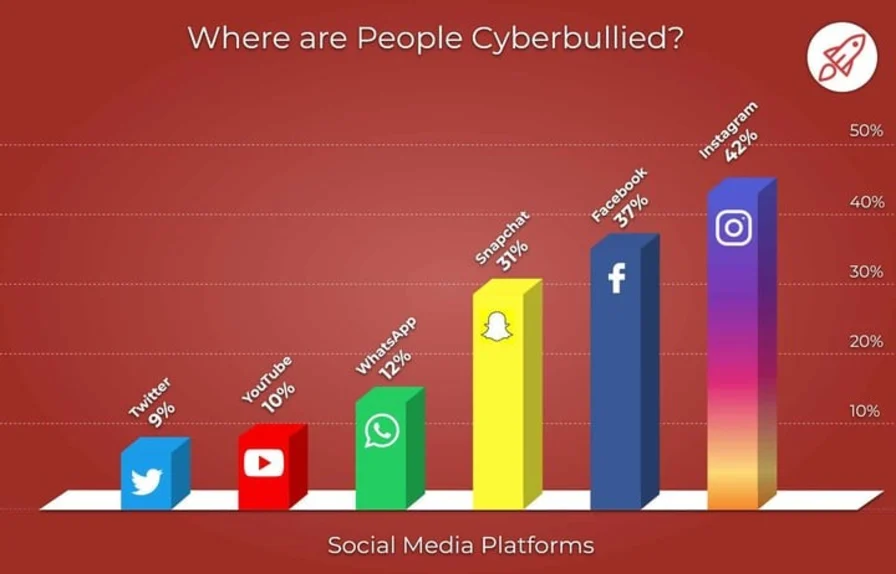As software increasingly relies on AI to make decisions, adapt in real time, and personalize experiences, quality engineering is evolving in response. Gopinath Kathiresan, a longtime quality leader and contributor to the field, is helping shape that evolution through published research, automation strategies, and frameworks designed to build trust into complex systems.
"Software today doesn't just follow rules - it creates them," Kathiresan says. "That changes how quality itself is defined - it's no longer just about correctness. It's about behavior, safety, and responsibility."
Over the last 15 years, Kathiresan has worked at the intersection of intelligent automation and large-scale validation. His thought leadership - spanning books, published research, and industry articles - explores how software quality must adapt in an era where AI can generate code, influence user flows, and introduce its own logic.
From Regression Suites to Intelligent Validation
Kathiresan's early work focused on test automation - accelerating release cycles, creating reusable frameworks, and improving test coverage at scale. But over time, he saw the limitations of even the best automation in the face of system complexity.
"You can run a thousand test cases and still miss the one scenario that matters. The challenge isn't speed - it's relevance."
That insight led him to explore AI-driven defect prediction, context-aware test prioritization, and reinforcement learning approaches to risk modeling - topics he has explored in various research efforts.
In his writing, he advocates for adaptive validation methods that learn from production behavior, use telemetry to inform test coverage, and incorporate prior failure patterns to prevent future issues.
Testing What Thinks: The LLM Challenge
One of Kathiresan's most timely areas of focus is testing systems powered by large language models (LLMs). In a recent paper on human-in-the-loop testing for LLM-integrated software, he explores the unique challenges these systems pose.
"When a model generates a response or code block, it's not enough to check that it runs. You have to ask: Was it grounded? Was it aligned with business rules? Is the output repeatable?"
His proposed strategies emphasize semantic validation, output traceability, and human review checkpoints - especially in environments where safety, compliance, or interpretability are critical.
Culture Over Coverage: A New QA Mindset
In addition to his technical insights, Kathiresan stresses the importance of organizational culture in shaping software quality.
"You can build the best automation suite in the world, but if the team sees quality as someone else's job, you'll still ship problems."
His book Leading with Quality focuses on building collaborative environments where developers, testers, and product teams share ownership of reliability, usability, and user trust.
He also encourages quality professionals to broaden their impact - contributing to design decisions, influencing observability strategy, and embedding secure thinking across the development lifecycle.
A Contributor to the Broader Industry Conversation
Kathiresan's perspective appears frequently in industry outlets, where he writes about DevSecOps, AI-based test generation, and cybersecurity-aware quality engineering. His perspectives have appeared in leading technology outlets, including authored articles in Forbes, DevX, and Hackernoon.
He has also served as a judge for several global tech awards, reviewing innovation entries across intelligent automation, AI safety, and secure software delivery. These opportunities, he says, offer insight into how teams worldwide are tackling shared quality challenges.
"You start to notice patterns - not just in tooling, but in mindset. The strongest outcomes come from teams that align on purpose and empathy across functions."
What Comes Next: Explainability and Trust Engineering
Looking ahead, Kathiresan believes that explainability and trust will define the next frontier of quality engineering.
As AI systems increasingly drive user outcomes, quality leaders will need to answer not just what happened, but why - and whether that outcome aligns with user intent, regulatory standards, and ethical considerations.
He envisions testing platforms that deliver:
- Human-readable rationales for test outcomes
- Risk-weighted test prioritization
- Automated traceability between data, decision logic, and defects
"The most dangerous bug isn't the one that crashes an app. It's the one that behaves incorrectly in subtle ways that no one sees."
Final Word: Quality as a Trust Contract
Kathiresan often shares this reminder with mentees:
"Quality isn't just about what the system does. It's about how confidently people can rely on it - especially when the unexpected happens."
In a world where AI continues to rewrite the rules of interaction, that trust is becoming more valuable than ever. And for professionals like Gopinath Kathiresan, building and preserving that trust is not just a technical mission - it's the essence of modern quality leadership.

